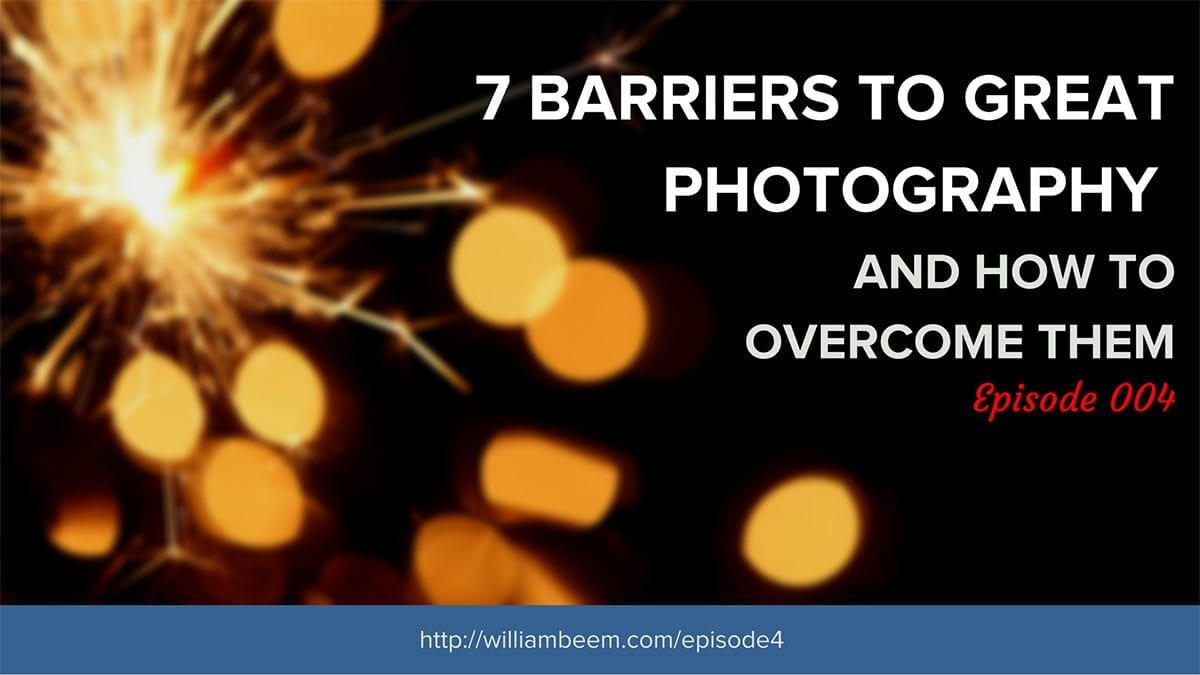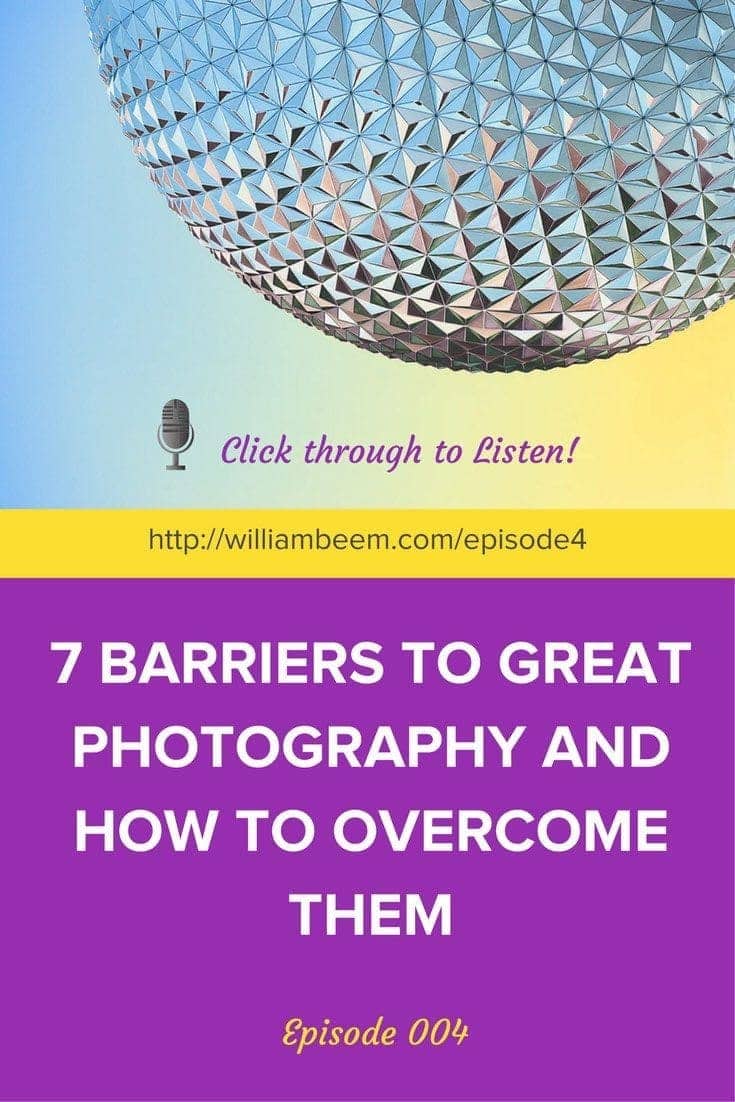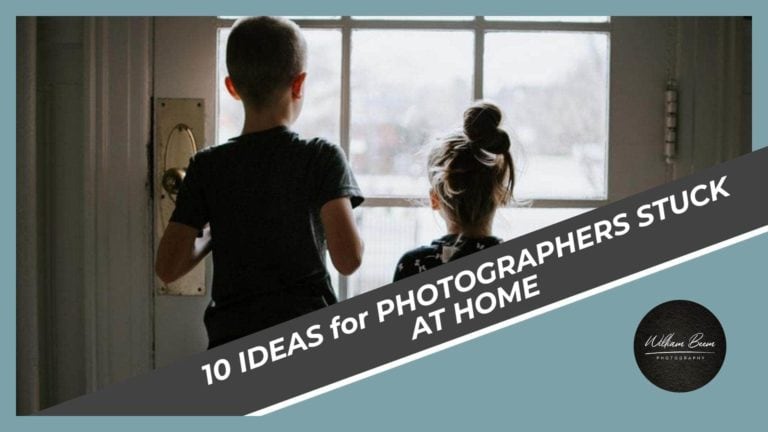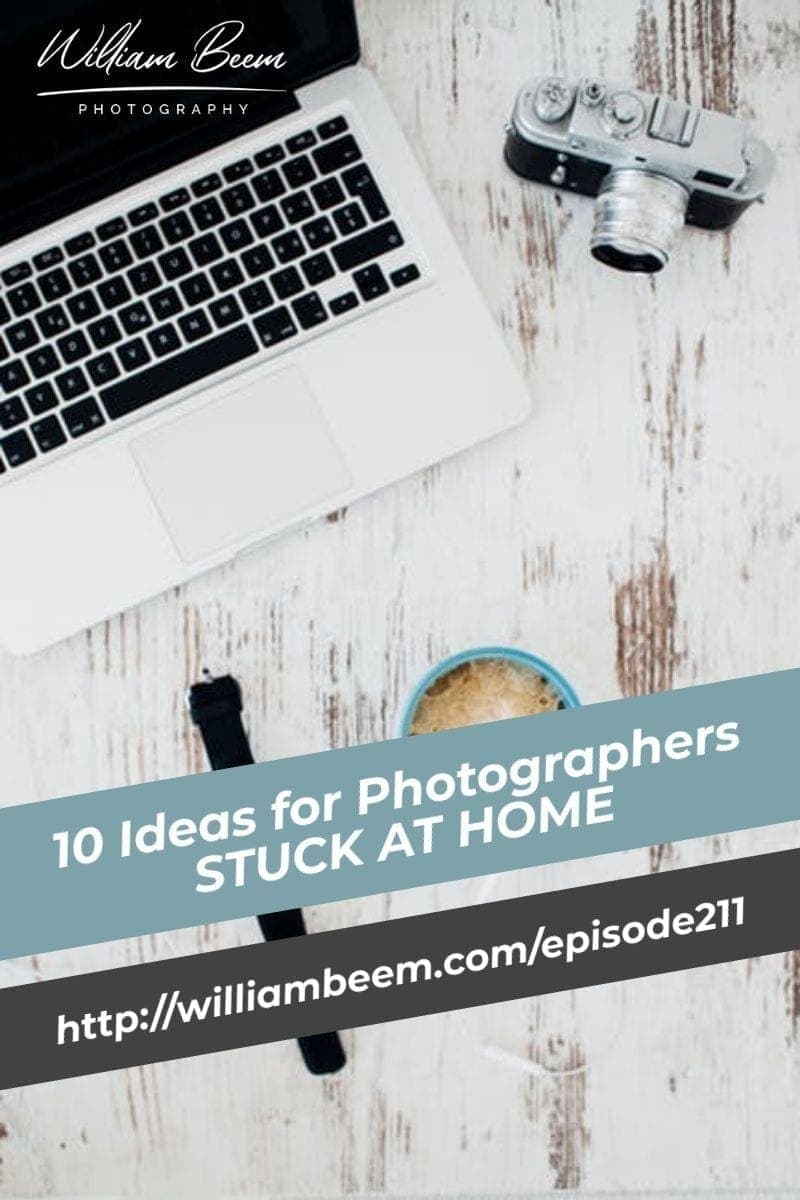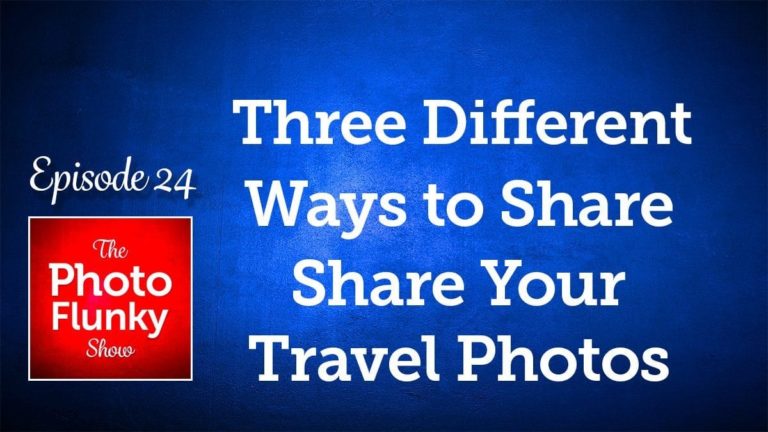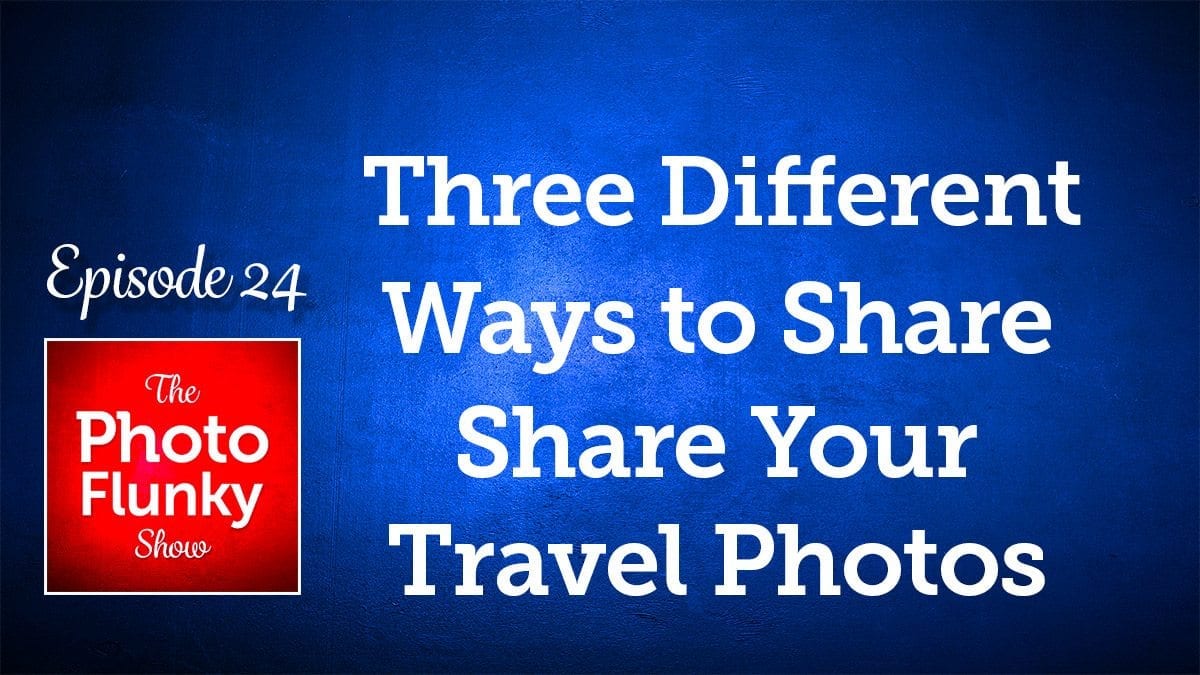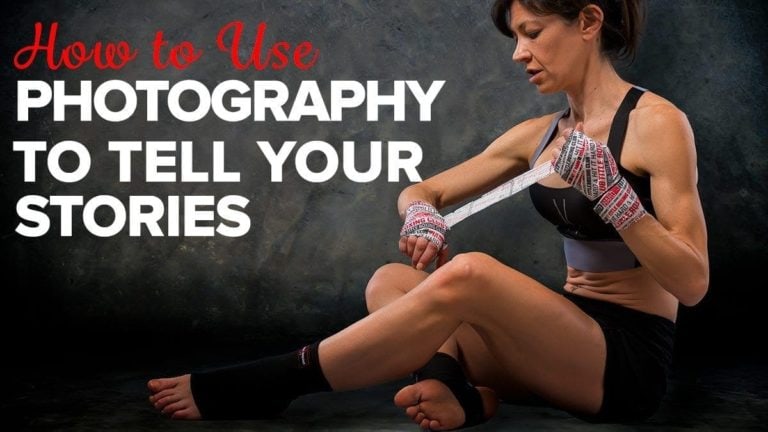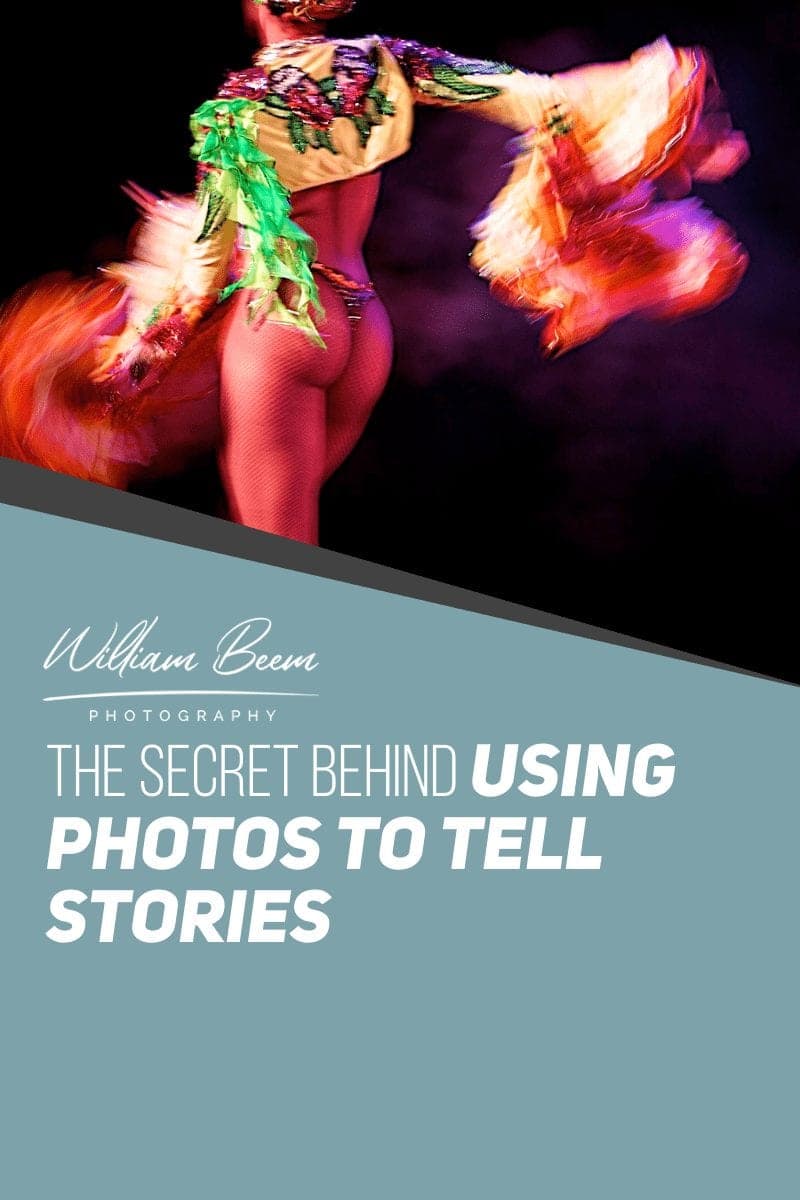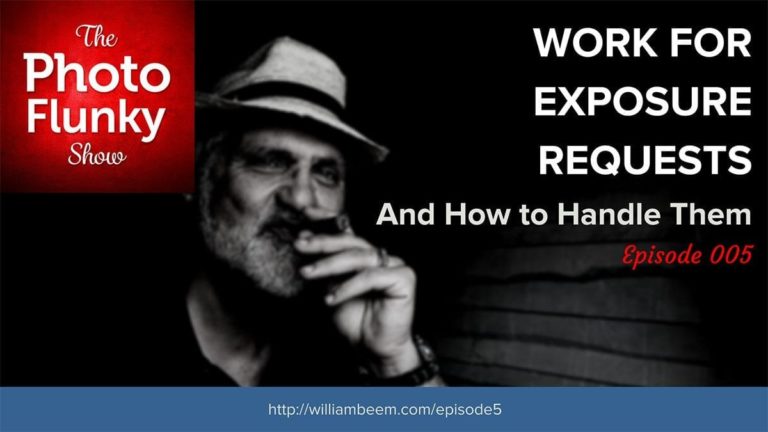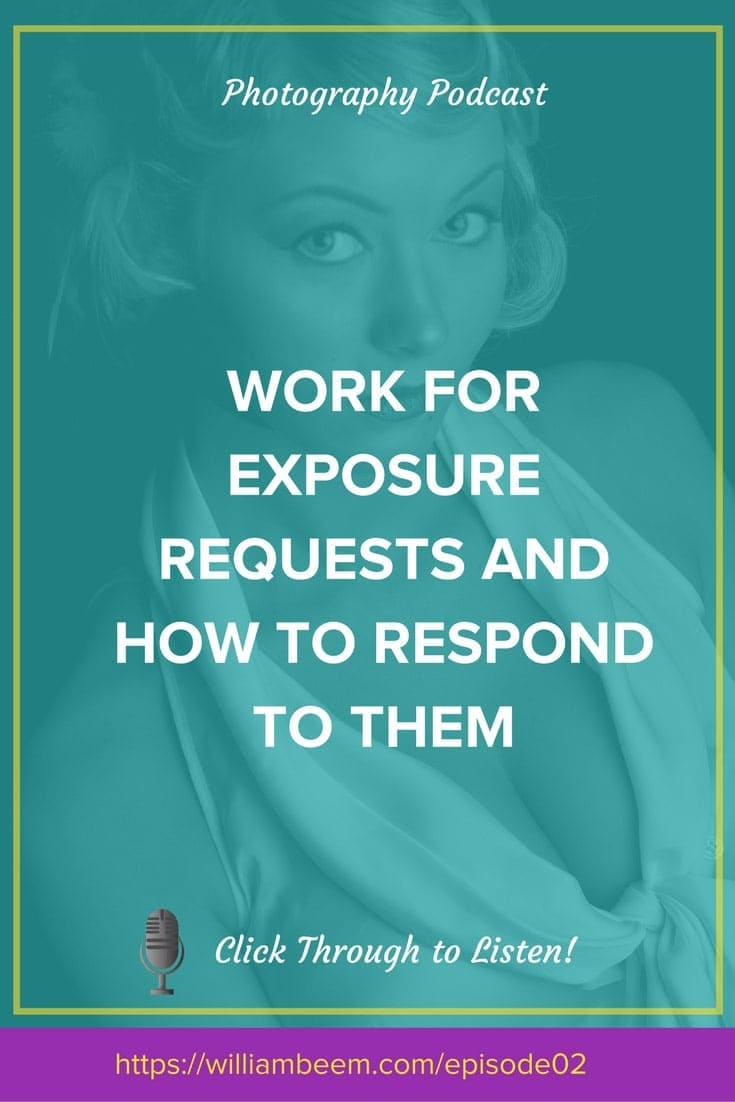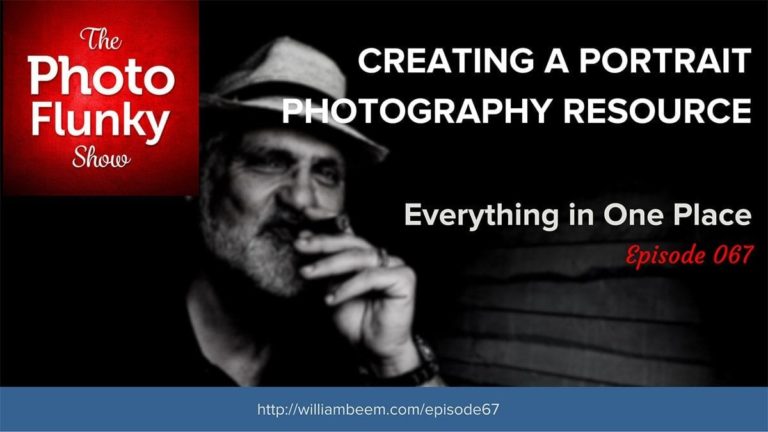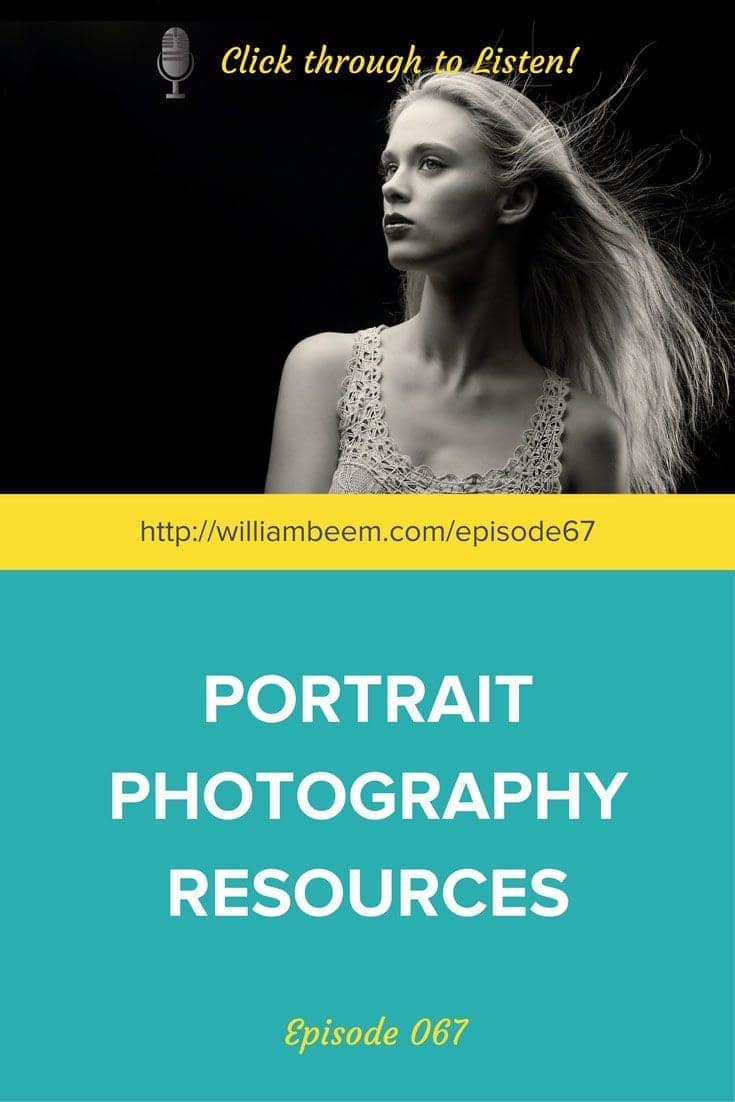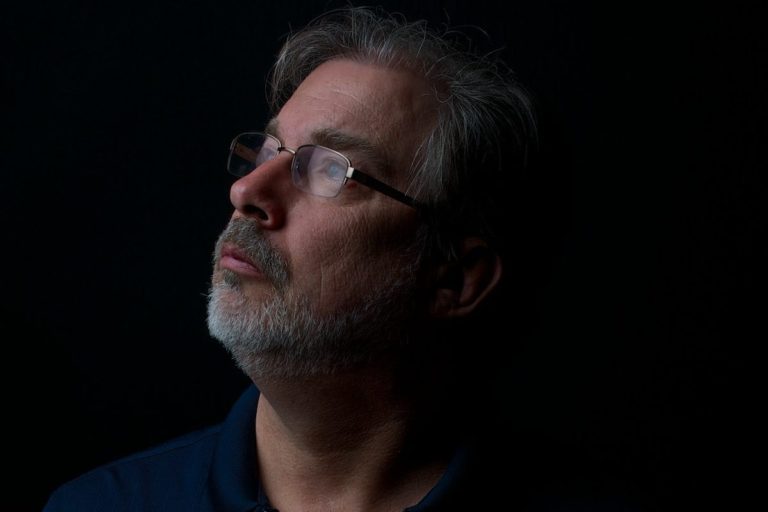Affiliate Disclosure: We earn a commission if you purchase through one of our links at no additional cost to you.
Overcoming 7 Barriers to Great Photography
The key to great photography isn’t just how well you know your gear. It’s what you carry around in your head. Sometimes we create obstacles for ourselves that get in the way of creating better images.
In this episode of The Photo Flunky Show, we’ll talk about 7 barriers to great photography that are all inside your head and then discuss ways to get around those problems. Some of the answers may be outside of your comfort zone, but that’s just what it takes to break down those barriers.
Skylum Coupon Code
At the time we recorded, the company name was MacPhun. Now it’s Skylum software and they have one product – Luminar Neo. It’s a platform that enables plenty of different post-processing tools to help you quickly and easily finish your photos.
When you check out, use my Macphun coupon code: BEEM
Luminar Neo is an AI-powered photo editor that turns any portrait into a stunning masterpiece. With FaceAI and SkinAI, you can easily retouch portraits, removing blemishes and highlighting facial features. And with the Portrait BokehAI tool, you can create a beautiful bokeh effect in any light. Plus, the Background Removal tool makes it easy to remove backgrounds without spending hours masking.
Skylum now offers Luminar Neo as either a stand-alone tool or part of a membership with extensions to offer more valuable tools like:
- HDR Merge
- Noiseless AI
- Upscale AI
- AI Background Removal
- GenErase
- GenExpand
- GenRemove
Additional extensions are coming.
Luminar Neo's exposure correction and color vibrancy features for all your travel memories will keep your photos looking natural and beautiful.
Finally, Luminar Neo's SkinAI and FaceAI provide the perfect finishing touches for your portraits, ensuring stunning results every time.
You can get everything with different pricing plans. Monthly, Annual or even Lifetime plans are available.
SAVE: You can save $10 using my coupon code - Beem10off
- Promo Code: Beem10off
- Easy to use
- Get great results fast
- Plenty of post-processing features
- Professional extensions are available
- May be slow on older computers
- File management is rudimentary
Subscribe to The Photo Flunky Show
Thank you for listening to The Photo Flunky Show. Make sure you get every episode by subscribing.
iTunes – https://williambeem.com/itunes
Stitcher – https://williambeem.com/stitcher
Google Play – https://williambeem.com/googleplay
Blubrry – https://williambeem.com/blubrry
Transcript
PHOTO FLUNKY – Episode 4
I’m your host, William Beem. Welcome to the Photo Flunky Show, Episode number four.
On today’s episode we’re going to talk about how to overcome seven barriers to great photography.
Thanks for joining us on the Photo Flunky Show. You can find the show at photoflunky.com
Photo Flunky is part of my website at williambeem.com.
Alright, let’s jump right into it. There are a number of things that we do that are really mental issues that prevent us from taking great photographs. This is not about understanding your gear. This is not about all these little things that you’ve heard of – tips, tricks and tutorials to work with equipment. This is about what’s inside your head that’s preventing you from taking much better photos than you already did and working your way up to great photos.
So let’s start with number one. Overcoming shyness.
A lot of photographers, myself included, are introverts. It’s kind of difficult sometimes for us to put ourselves out there and make the connections and do the things that we really need to do in order to come up with some great photos. I’ve noticed that if I watch other photographers who are extroverts, they are coming up with great photos much more easily than some of us who are introverts because they are not afraid of putting themselves out there, getting in someone’s face – not in a bad way – but you know, just going up and doing what they need to do to make a shot.
For the rest of us who are probably not wired that way, it’s going to take a little bit of practice. This is particularly the case for people who are into portrait photography because if you’re going to be a landscape photographer, you can be as shy as you want. The landscape is not going to run away from you. However if you want to shoot portraits, you need to be able to interact with some people you just met.
So the first project is called One Hundred Strangers. And it is exactly what it sounds like. Take your camera with you, go out and find one hundred people that you don’t know, you’ve never met before and convince them to let you take a portrait. There is a wonderful episode on Kelby Training from Zach Arias where he goes to New York with very minimal gear, meets people on the street, takes their portraits and then has them reviewed by a photo editor and he comes up with some astonishing and stunning portraits with really simple stuff. Nothing more than a camera, an umbrella, a flash and a piece of pipe used to hold it up. If he can do that, you can do that, too. But you’re not going to do it right away, so that’s why it’s one hundred.
If you’re going to do something once, that’s great. You feel better about it. Do it a hundred times, you’re going to be comfortable and you’re going to keep on moving.
Problem number two: All your photos look the same, and it doesn’t matter where you go, they all have the same look to them and you’re kind of scratching your head wondering why. Well, that’s because you’re probably not working the room. You’re probably not moving around. If you want your photos to look different, you need to be in different places. Part of this problem may be because if you’re comfortable with a zoom lens (I love walking around with a 24-70 mm zoom lens – it’s a nice walk around lens), but it also kind of makes you lazy. You can camp out in one place even if the better photo is really from another spot. So this project is Just One Prime. Go pick a prime lens. I don’t care if it’s a wide angle, a 35 mm, a 50 mm, an 85 mm. Whatever it is that you want, pick one prime, go some place and start working.
What you’re going to find is the fact that you have to move back and forth to change your compositions is going to lubricate your mind a little bit so that you start looking at other angles. When you have to move yourself in order to get the composition that you want, you start thinking of other ways to move, not just necessarily zooming in and out, but left, right, up and down. You’ll be looking at compositions from different angles.
Do this a number of times. If we’re going to go and do one hundred strangers, go to one hundred places with just one prime. It’s a lot, I know, but it really reinforces your creativity if you have to move and work for your compositions.
Number three: You’re shooting portraits and you’re just not getting the best results from your portrait subjects. You know they’ve got it in them, you’ve seen it in photos that other people have taken from them, or you interact with them away from the camera, they’re bright, they’re happy, they’re giving you some emotion there, and then you get them in front of the camera and all you’ve got is a dull, empty face.
Well, it could be that you lack empathy for the subject’s role and you can’t describe exactly what it is that you want to get out of them in a way that they understand and know how to give it to you. Some people are going to be better at giving you expressions and emotions than others are, but what you really need to do is put yourself in their position. So the project for that is self portraits. And again, not just one, not just one day getting in front of the camera. Do self portraits on a regular basis. Put yourself out there. Make sure that you have to go through and do the same things that you’re hoping to get from your subjects.
Number four: Your photos are flat and uninteresting. We want our photos to be artistic. We want to get more than just documenting something, whether it’s a face or a place. You want to look for something that makes a statement, something that adds to your images. It could be that you’re just not seeing things quite the way that you need to and this is something that you learn. After you take a number of photos you start analyzing things to see what is my photo missing that someone else’s has? There are two ways that I have found that help me look at this and there are two projects I’m going to recommend with you.
The first one is black and white only. Look at your subjects and your compositions and think, this is going to be a black and white photo, and eliminate all of your sense of the color of the place. I know that sounds difficult to do, but you’re going to start looking for contrasts. You’re going to start looking for shapes. You’re going to look for things in your photographs that you typically wouldn’t look for if you were just out there snapping shots. It doesn’t matter if you’re doing portraits or travel or street photography. Whatever is floating your boat, you’re going to look at things differently when you know that you’re going to do them just in black and white.
Project number two is the reverse: nothing but color. Again, you’re not thinking about contrast in this case. You’re thinking about color and perhaps color contrast, complementary colors. Your subject is color. It is not necessarily a person or a place. You’re looking for color to be your subject, so how can you make an interesting photo just using color? And that’s going to help you jump past flat and uninteresting photos. You’re going to learn to use the elements inside of your photo to draw your subject out.
Alright, here we go. Number five: Your photos lack impact. Some of the most impactful photos that I’ve seen are really some of the most simple photos. You have to distill your subjects down to their essential components. You want to eliminate anything that is unnecessary to your photo. It doesn’t matter again, if this is a great portrait, an isolated subject some place, anything that isn’t adding to your photo is a distraction. Get away from it.
There are a number of ways you can do that with composition to try and move yourself around (and that’s one of the first examples that we gave), but there are two other projects that you need to look at.
Number one: Interesting Light. Particularly with portraits, look at portraits that have great light and a simple subject. It doesn’t matter what the subject its, but you’re going to be looking for types of light. You’re going to look at if it’s side lit; is it a silhouette? Is it crepuscular light? (I hope I said that correctly). Are you looking at light that has particulate matter in it? Something that just brings the light alive in your photograph. Shoot for the light. Just take photographs looking at the light and how it lands on a subject. It can be harsh light too. It could be something that’s just bold and brash. Shoot all of it, but look for the light, what impact it has on your subject, whatever the subject is. Shoot for the light.
Project number two: Negative Space. We have an awful lot of photos out on the internet, if you look at them, they are just jammed full with too much stuff. Eliminate it. Look for subjects that have a lot of negative space around them, and you can easily do this using the sky. Just find something, shoot from below, look up a little bit, work your way around move something if you have to, but look for negative space around your subject. Get in tighter on it. Just move, work and get past all of the distractions that are in your way. Those two projects, I believe, are going to add more impact to your photographs simply because there is nothing to take away from your subjects.
Problem number six (this to me is one of the big ones): You don’t know how to tell a story with your photos. Photos are not just, as I said, documentation. They need to communicate. They need to say something, whether it’s about a time, a place an event or a person. You need to bring out your subject in such a way that the person who’s looking at it knows something about what you’re trying to share.
Some of the best advice I got was from Joe McNally on one of the workshops I went on. He said, from a journalistic point of view, you learn to think from big to small. An example would be the Kentucky Derby. It’s a large event. There are a lot of things going on. There’s more going on there than just the horse race. You want to show the field, you want to show the track, but then again you also want to dig down. You want to look at the players, the people who are showing up, you want to look at the horses that are going to be in there. And then there are the details. The Kentucky Derby has women who wear these outrageous hats. There are details from the spurs from the saddles, little bits and pieces that make up the event. You should be able to tell as much from one of your detail shots about an event as you do from the large over-reaching wide angle shot that you’re going to take.
So to help you work with that, there are two projects again. One: Just The Details. Go some place and take nothing but detail shots. Ignore the big overall scene. Ignore the medium scenes. Find little pieces that say something about the place that you’ve gone to and take shots that would only exist there.
If you’re a portrait photographer, there’s another way to do this, and that is body parts. Don’t think I’m going a little too adult on you here! Body parts can be anything. Body parts can be a hand. You can have someone flat on the floor with a hand reached out to you. Take it with a shallow depth of field – just the hand – you’ve got the person’s body behind them, blurred out and the hand is reaching out to you. That says something. That’s someone that’s trying to communicate with you. Someone who is trying to reach to you.
Think about how people use their body, isolate the parts and what do they mean to you? Baby photographers do this all the time. They are taking pictures of feet, little hands and things like that for their parents. You can do that on a larger scale. It doesn’t have to be an adult thing. Body parts say something about the overall person.
The last one I’m going to bring up: Number seven. People don’t know where to look in your photos. And this happens more often than I like. Sometimes I see this in my own photos, I see it in a lot of other people’s photos that are posted online. You go some place, you’re so excited to be there, you take a picture and you just take it all in, look over everything. And the truth is that’s not what our mind wants to do. Our mind wants to know where to look and we can do this a little bit in post processing by putting a vignette on there and you kind of draw the eye that way, but it’s much better if you can do this while you’re taking the photograph. You want to be able to show someone where their eye should go and there are a number of compositional tricks people talk about with leading lines and so forth to do that, but I want to suggest a different project, and that would be shapes and shadows. Learn to photograph shapes that draw your eye to a certain spot. Learn to photograph shadows that give you an edge and your eye is going to go to the brighter spot. Eliminate the distractions, concentrate on the shapes and the shadows, make those your subject for a while and then kind of review them and see how they make you feel. Then later one when you’re ready to go to something else, to your primary subject matter, use those shapes and shadows to draw someone’s eye to the place where you want it to go.
Thanks for listening to the Photo Flunky Show. Show notes for this episode are going to be available at williambeem.com/episode4
I’m William Beem and it’s easy to stay in touch. All you have to do is send a text message. There are no additional charges from us. Just text the word FLUNKY to 33444 to subscribe. I’ll keep you up to date on photography and blogging information. You’re going to get a welcome message back from williambeem.com.
Once again, thank you very much for listening to the Photo Flunky Show. I hope to see you here next time!

